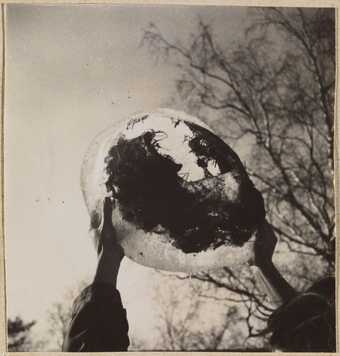Fernand Léger was born at Argentan in Normandy on 1881. He was originally trained as an architect, in Caen and in Paris, where he arrived in the year 1900. However, he soon decided to give up architecture for painting. In 1903 he was accepted as a student at the Ecole des Arts Décoratifs, but preferring to study in his own way, Léger began to frequent unofficially the studio of Gérôme at the Ecole des Beaux Arts, and then took to working at the free Académie Julian and in the Louvre. His first paintings and drawings date from 1905.
Parisian by adoption, Léger has not for a moment escaped from his Norman background. There, in all simplicity, he receives his friends, concerns himself with the daily round of country lire and turns over new ideas in his mind while wandering through the countryside. Everything he sees is food for study: stones, animals, insects or plants. He takes them home with him, and makes drawings of them which are almost naturalistic. These drawings, realistic analyses of objects seen as under the microscope or in close-up, are like working diagrams from which he discovers the forms and rhythms of the universe.
He idealizes nothing. This is an art of the people and for the people in which the painter, by his invention, sweeps the spectator into a pictorial adventure. He shows him how to reconcile one thing with another and reveals endless new visual harmonies.


